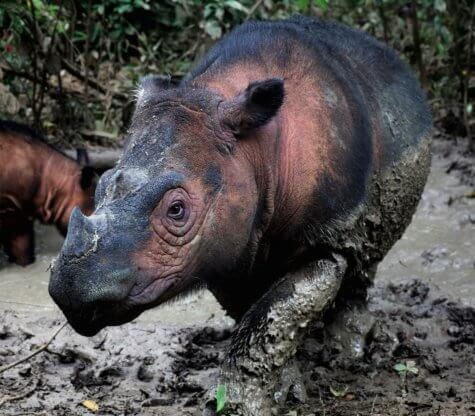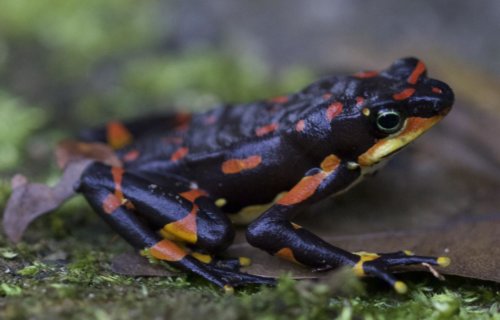STANFORD, Calif. — The extinction of any species is a tragic event. When dozens of species disappear from the environment, however, biologists say the impact is felt across the entire world. After warning that Earth was entering a sixth mass extinction event in 2015, a new study says that crisis is speeding up and may take hundreds of animals from the world by 2040.
Biologists from Stanford University warn that more than 500 land vertebrates (animals with a backbone) are on the brink of extinction. The study blames much of the destruction on the wildlife animal trade and other man-made problems.

“When humanity exterminates populations and species of other creatures, it is sawing off the limb on which it is sitting, destroying working parts of our own life-support system,” says biologist Paul Ehrlich in a statement.
Researchers say at least 543 land vertebrate species went extinct during the 20th century. Ehrlich and his team now say that same number of animals could die out within the next 20 years.
The study was published in Proceedings of the National Academy of Sciences after a bipartisan group of U.S. senators urged the White House to crack down on illegal wildlife trading and close markets that sell live animals.
What is driving Earth’s mass extinction event?
Researchers blame most of the damage being done to the animal kingdom on humans. Population growth, the destruction of animal habitats, wildlife gaming and trading, and the effects of climate change are all contributing to the crisis.
The study says 515 species of land animals have fewer than 1,000 members left. Half of those species have a population of less than 250. Most of these dying species live in tropical and subtropical areas — where human populations continue to close in.
A devastating trickle-down effect
If losing a species isn’t bad enough, the researchers warn that extinction has a world-changing domino effect that may end up killing more species.
“Extinction breeds extinction,” the authors write.
As animal populations shrink, those animals are not able to perform their role for the planet’s ecosystem. The study explains how humans overhunting sea otters killed off the main predator of kelp-eating sea urchins. With no sea otters to eat the sea urchins, kelp patches were ravaged in the 1700s. The kelp-eating sea cow eventually went extinct with no kept to eat.
“What we do to deal with the current extinction crisis in the next two decades will define the fate of millions of species,” adds study co-author Gerardo Ceballos from the National Autonomous University of Mexico add.
How can the animal kingdom be saved?
Researchers are proposing a global agreement that would ban any trading of wild animal species. The study argues hunting and capturing these animals is actually doing harm to human health.
The authors point to the suspected origins of COVID-19, bats and wet markets, as evidence of the dangerous effect human behavior is having on the animal kingdom.
“It’s up to us to decide what kind of a world we want to leave to coming generations – a sustainable one, or a desolate one,” Peter Raven of the Missouri Botanical Garden said.

